Keys and Flatware
One thing that people seem to lose almost as much as coins, are keys. I’ve found plenty of automobile, house, and of course, lock keys. As you can see, some keys are old, some are new, some are big, and some are small, but they all have two things in common: they all lock/unlock something and they were all lost and now they’re in my collection. I’m sure one of these keys is the key to the vault…if I just knew which one and where the vault is, I’d be sittin’ pretty! If it seems like I’m rambling, you’re right. How much can you say about keys? But I sure find a lot of them.

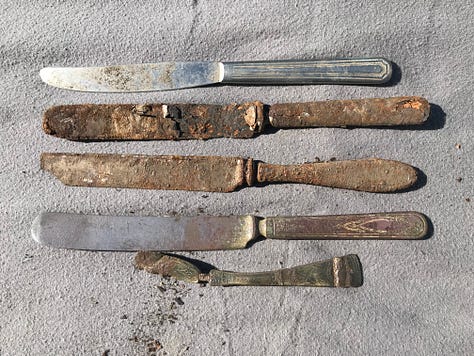
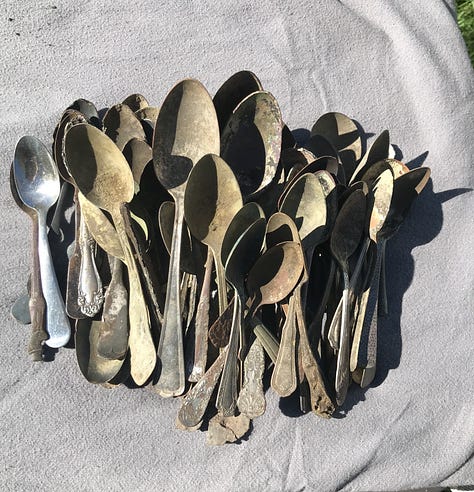
Another item I find a lot, especially around old home sites, is flatware. Most of the flatware I find is silver-plated over a base of copper, nickel, or brass. Older pieces are made from pewter. If you read my October 20, 2023 post about old flat buttons, you know that pewter is an alloy of tin (85-99%), antimony (5-10%), copper (2%), bismuth, and sometimes, silver. In the past, it was an alloy of tin and lead, but modern pewter is not made with lead. Hopefully lead was removed before the manufacture of flatware for obvious reasons, but I have no idea when people quit putting lead in pewter. This particular spoon is called a “rattail” spoon because of the raised V-shaped extension running from the back of the handle to the back of the bowl, which functions to strengthen the junction between handle and bowl.
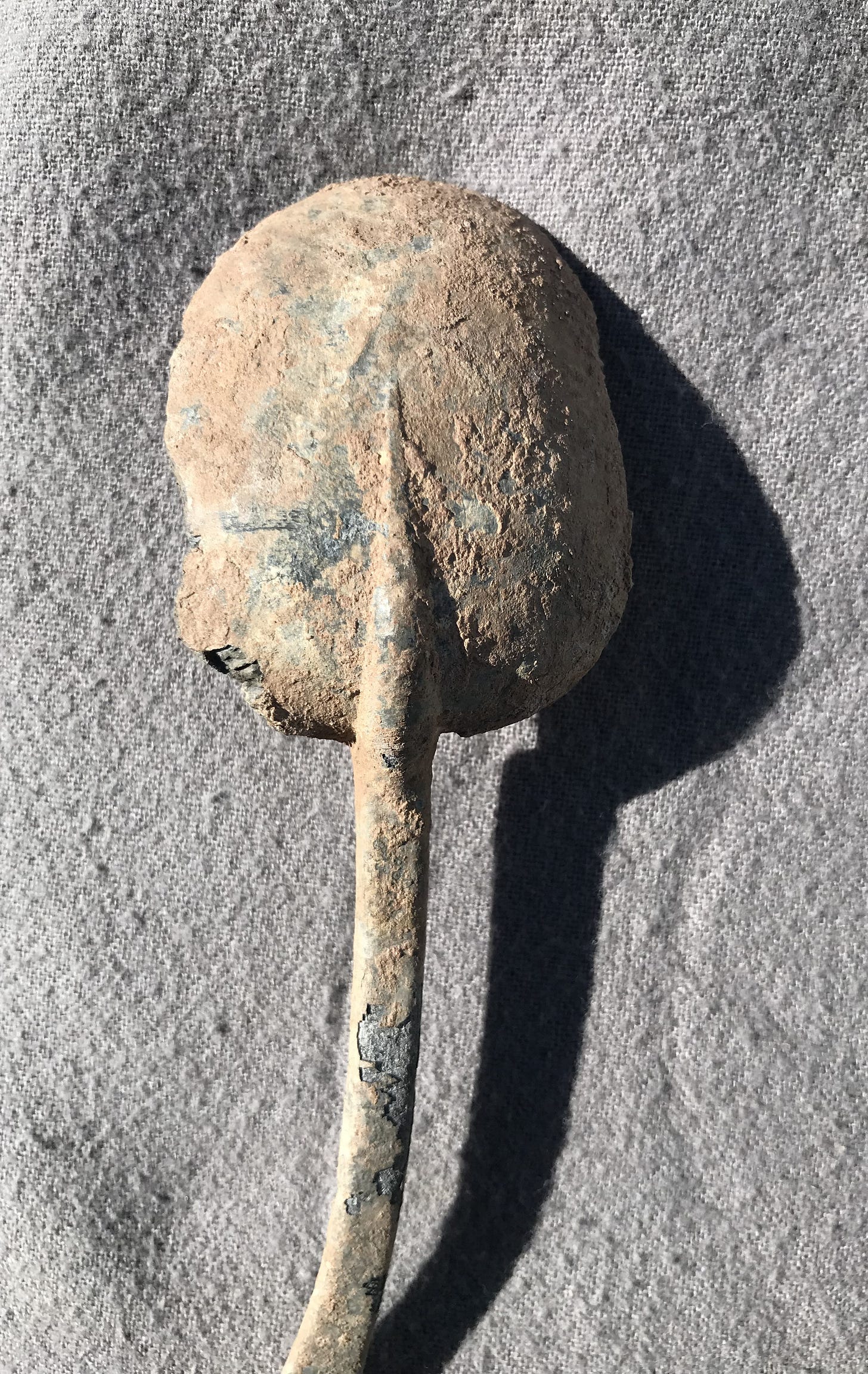
Silver-plated flatware is more durable and heavier than sterling silver, but obviously less expensive. Silver-plated flatware is made with an electro-plating process developed in the 1800’s.
I have a couple of stainless steel utensils. Stainless steel was invented in 1913, but didn’t become popular until the 1940’s. Probably 2/3 of my flatware is manufactured by the Rogers Company. The company was founded in Hartford, Connecticut in 1847.
In the summer, I do a lot of creek (or crick) detecting. If you’re familiar with Franklin County, I was detecting the creek at the Scotland Ballfields and found several utensils that are engraved with the initials Pa S O I S, which stands for Pennsylvania Soldiers Orphans Industrial School, better known as Scotland School for Veterans Children, but I was unable to find a date or era in which the name change occurred. Founded in 1895, Pa S O I S was originally intended for orphans of Civil War Veterans, and later veterans in general.
In a little over twelve years of detecting, I’ve found three sterling silver spoons. Unfortunately, one, which I found a couple years ago, is broken. The other two were found just this year. One has an “R” monogram; the other an “M”. The one with the “R” was found in a creek. Curiously, when I cleaned the “M” monogrammed one, I found that the bowl was hammered flat. It would be interesting to know why it was flattened.
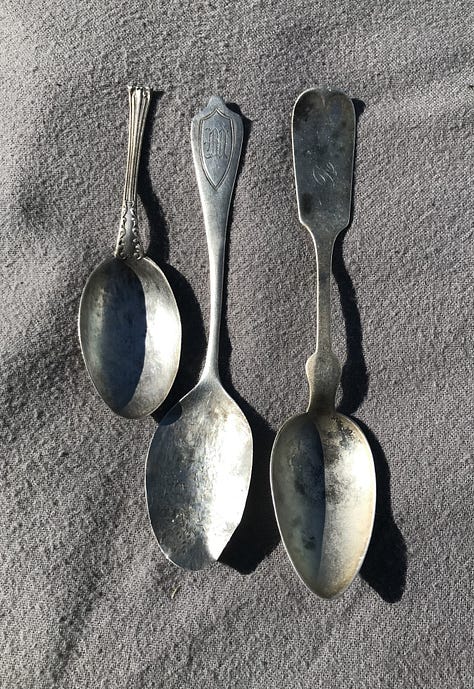

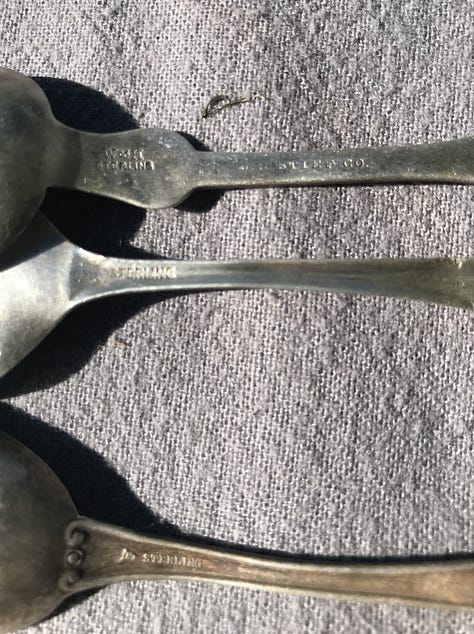
Probably my favorite plated utensil is this Huckleberry Hound spoon. In 1959, for 50₵ and one package top from Kellogg’s OK’s or Rice Krispies cereal, a child could order their choice of a Huckleberry Hound or Yogi Bear spoon. This was probably some kids’ favorite spoon at one time. How it ended up in a creek is a mystery.


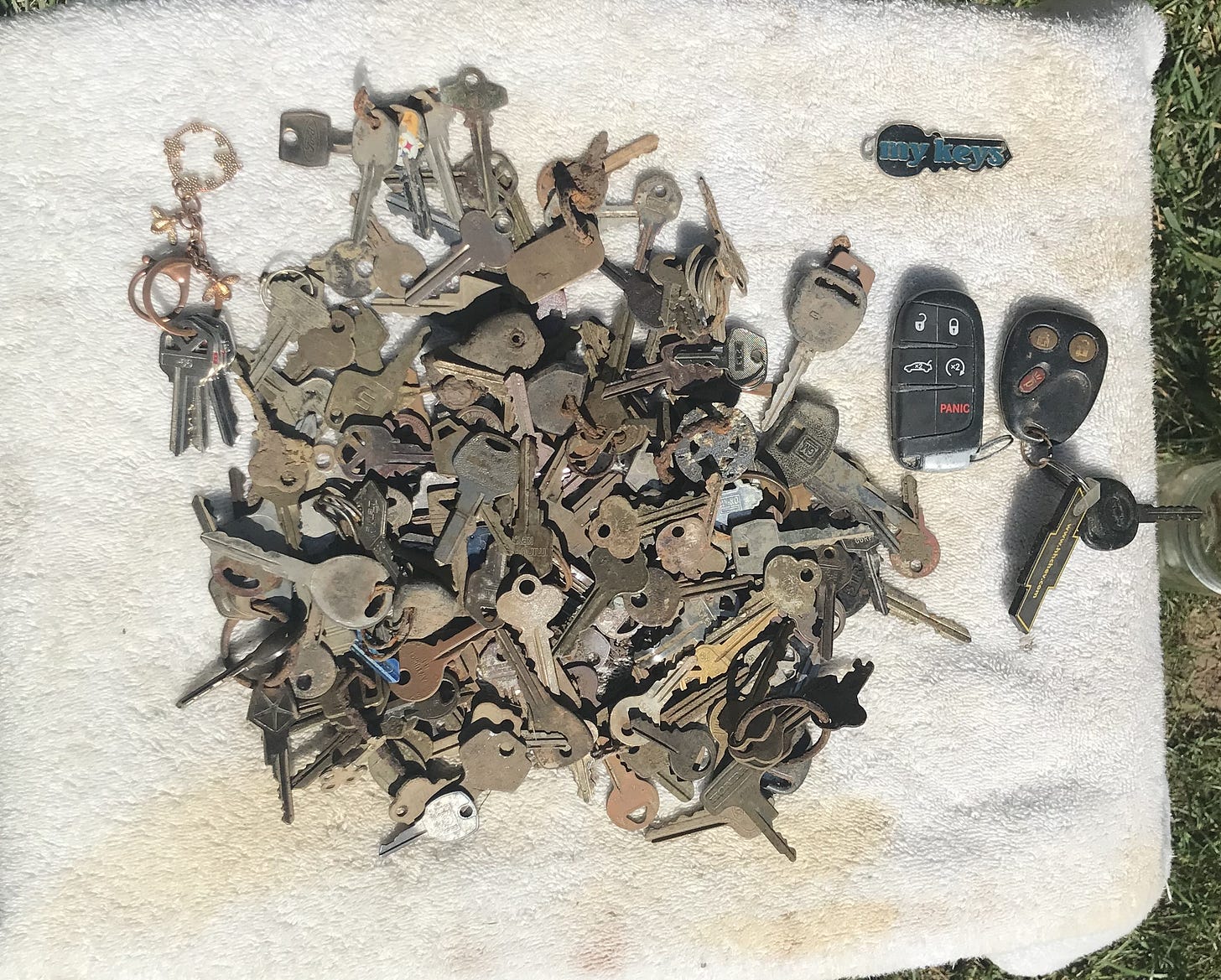
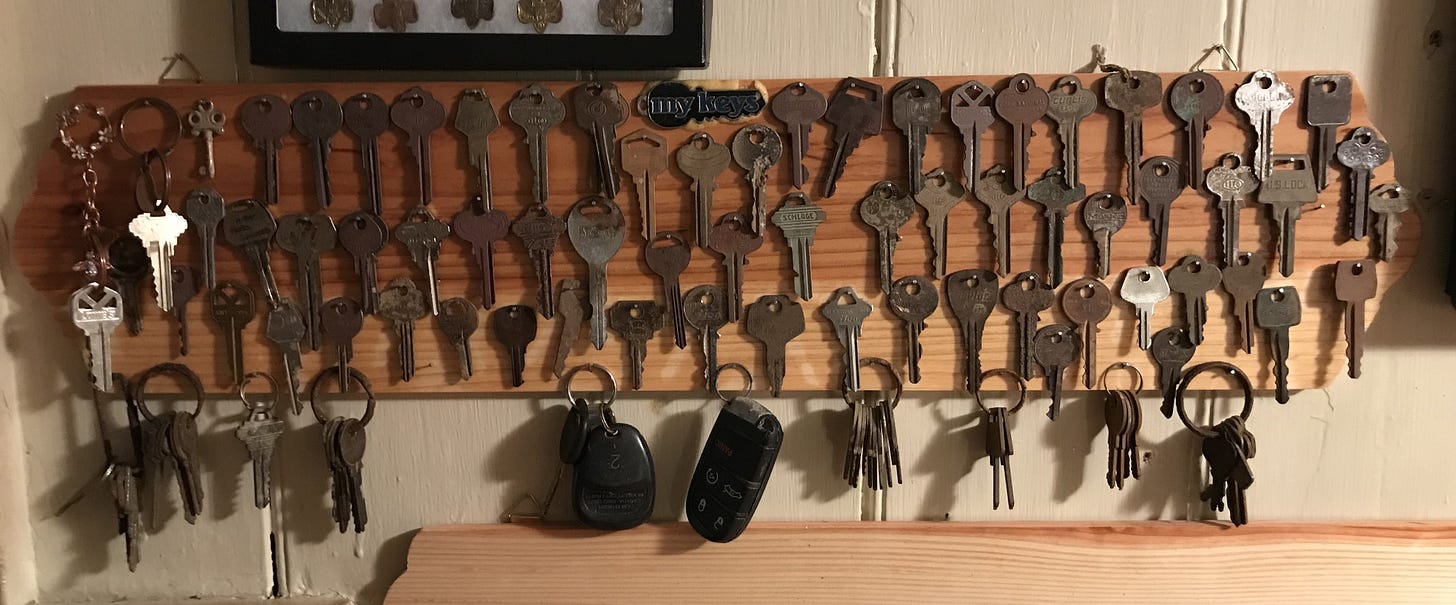
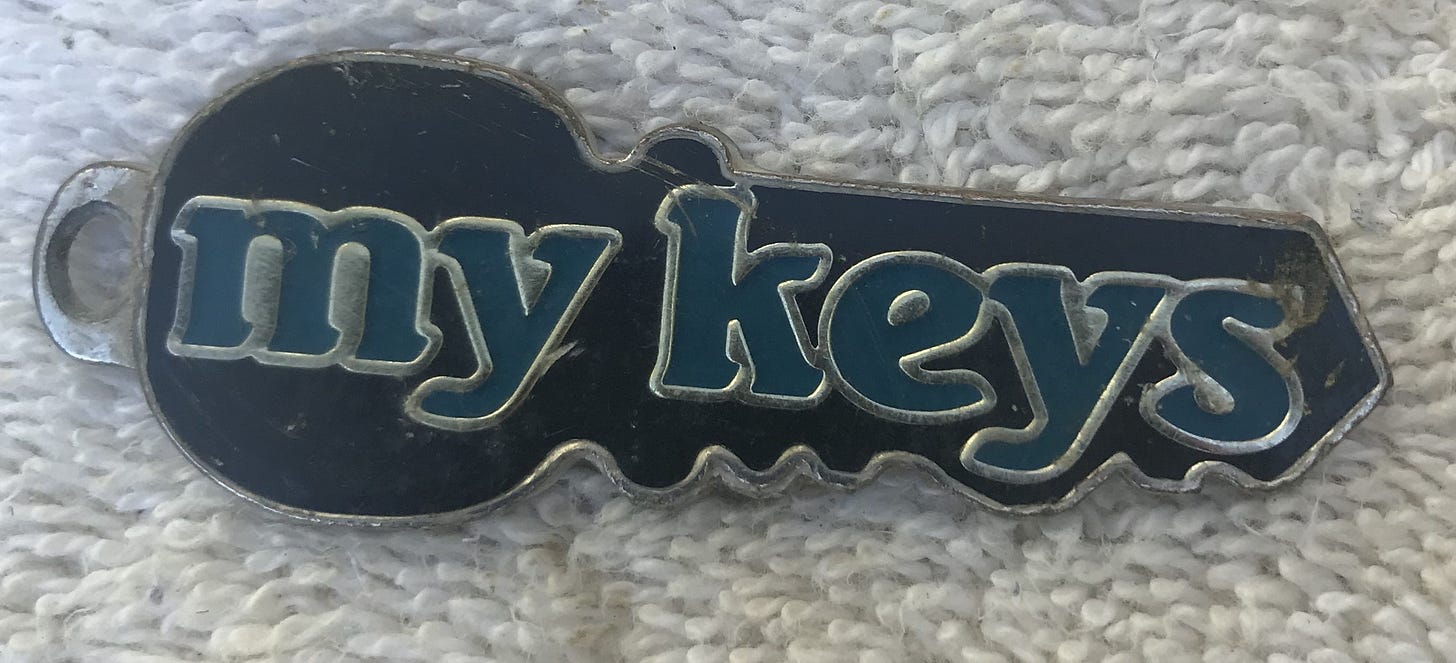
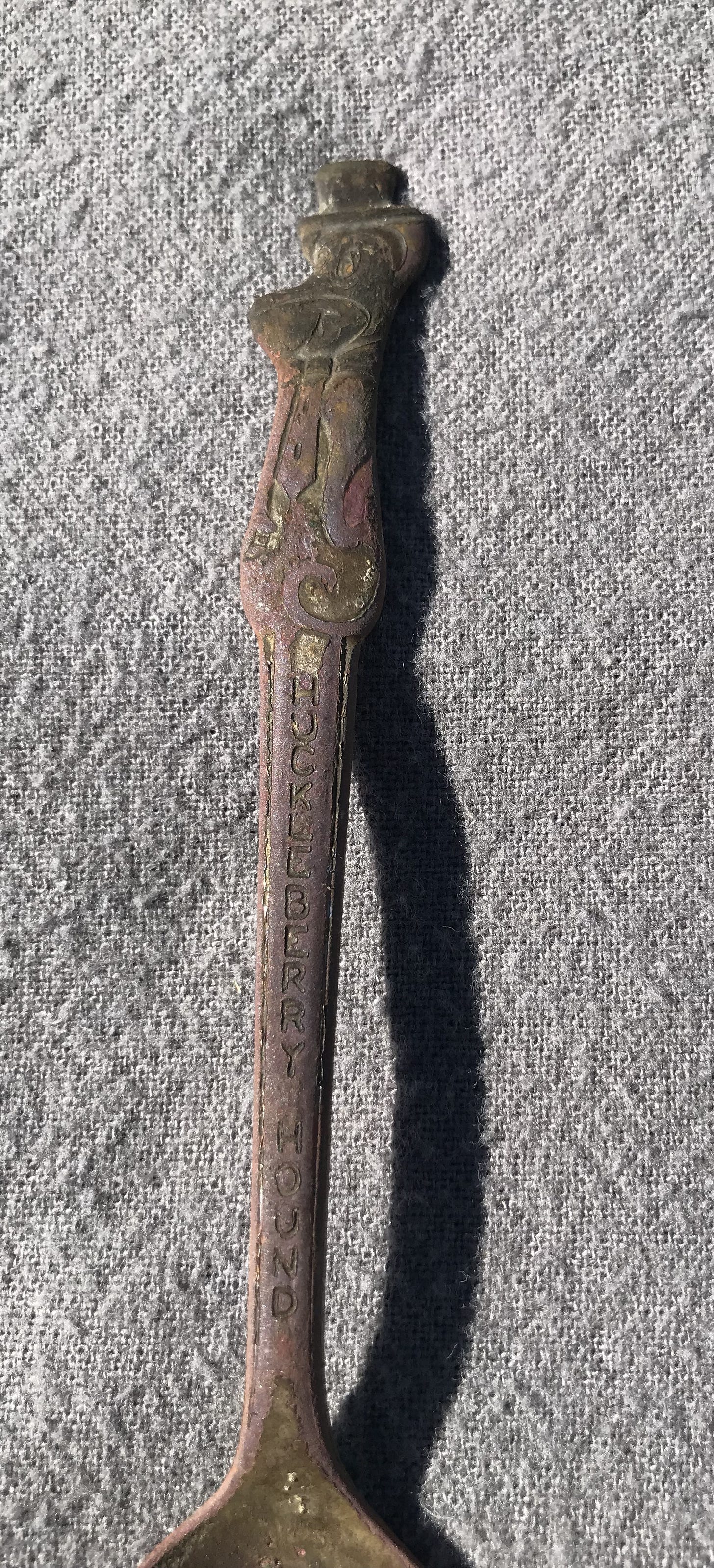
I remember when you found that rattail spoon! You were so excited!
Why was a school for Civil War orphans founded in 1895? Wouldn’t they all be grown up by then?